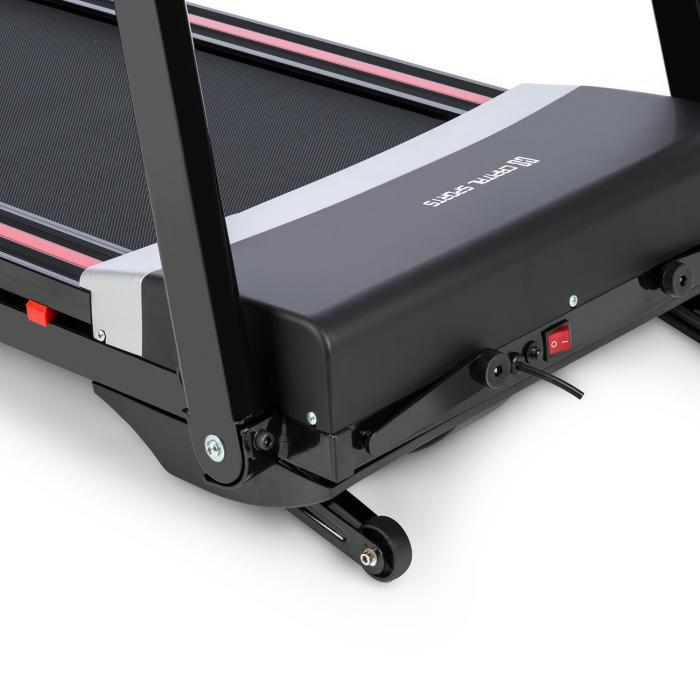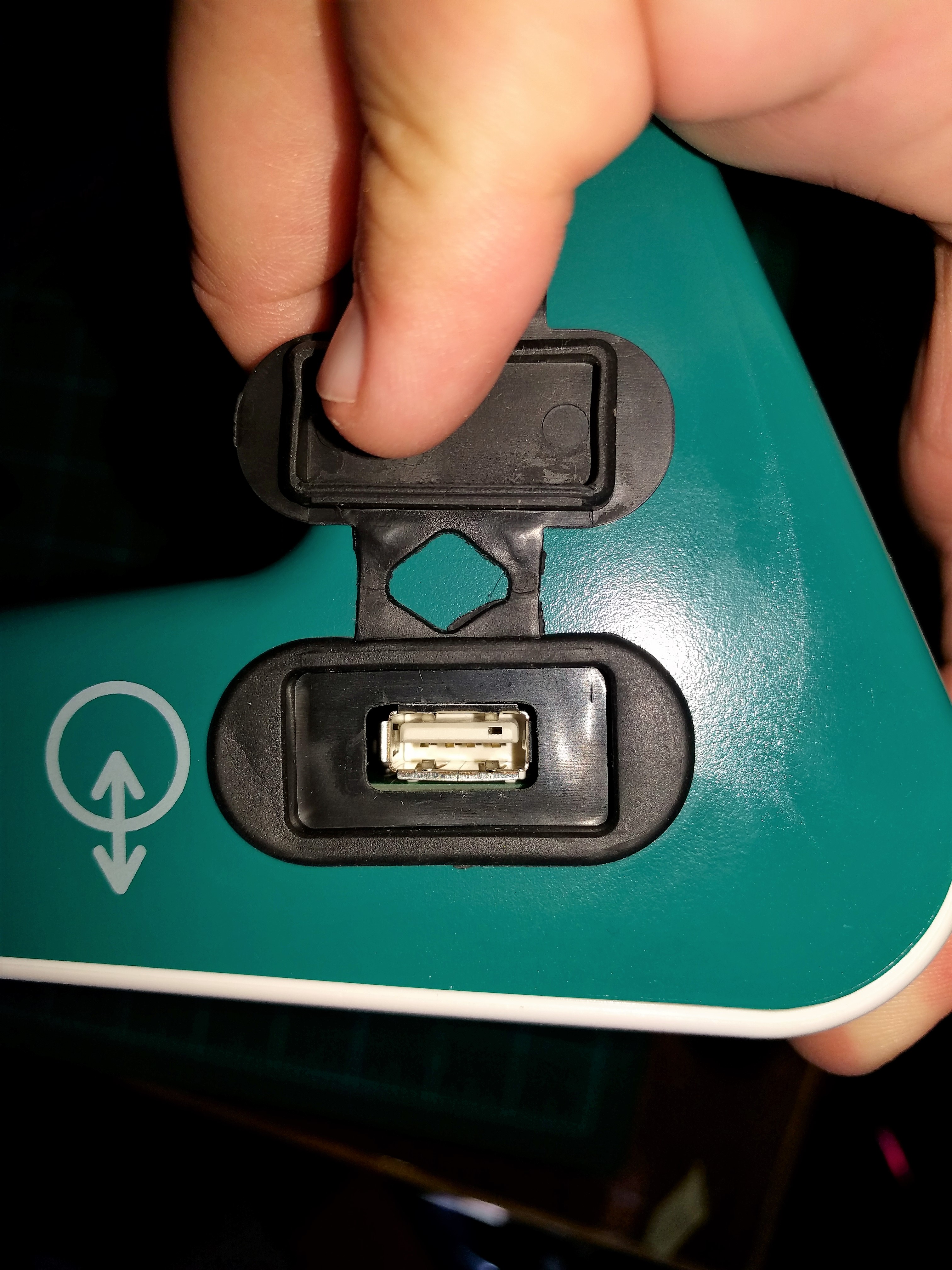
Aīiventricular pacemaker paces both ventricles at the same time, increasing When this happens, less blood is pumped by the heart. Ventricular dyssynchrony is a common term used to describe this abnormal Heart failure, the two ventricles do not pump in a normal manner. Used in the treatment of specific types of heart failure. The heart unless the heart's natural rate falls below the pacemaker's lowerĪ newer type of pacemaker, called a biventricular pacemaker, is currently

Generally, no electrical impulses will be sent to Pacemakers are programmed to work on demand only, so they do not compete Pacemaker generally monitors the heart rate and will not pace. When the heart beats at a rate faster than the programmed limit, the Impulse is sent through the lead to the electrode and causes the heart to If the heart's rate is slower than the programmed limit, an electrical Positioned in the atrium (upper chamber) or ventricle (lower chamber) orīoth, depending on the medical condition. This information back to the pulse generator. It also senses the heart's electrical activity and relays The lead delivers the electrical impulses Vein in the chest leading directly to the heart. The lead is almost always placed so that it runs through a large
#PASSMAKER USB GENERATOR#
Generator on one end, with the other end placed inside one of the heart'sĬhambers. The lead (or leads) is an insulated wire that is connected to the pulse

When the timing of the electrical stimulation of the heart to the heart muscle and the subsequent response of the heart's pumping chambers is altered, a pacemaker may help.

This process of electrical stimulation followed by muscle contraction is what makes the heart beat.Ī pacemaker may be needed when problems occur with the electrical conduction system of the heart. When the electrical stimulus occurs it causes the muscle to contract and pump blood to the rest of the body. From there the impulse continues down an electrical conduction pathway called the Bundle of His and then on through the "His-Purkinje" system into the ventricles (lower chambers) of the heart. The electrical impulse travels from the SA node via the atria to the atrioventricular (AV) node in the bottom of the right atrium. The SA node generates an electrical stimulus at 60 to 100 times per minute (for adults) under normal conditions this electrical impulse from the SA node starts the heartbeat. This normal electrical circuit begins in the sinus or sinoatrial (SA) node, which is a small mass of specialized tissue located in the right atrium(upper chamber) of the heart. The heart is basically a pump made up of muscle tissue that is stimulated by electrical currents, which normally follow a specific circuit within the heart.


 0 kommentar(er)
0 kommentar(er)
